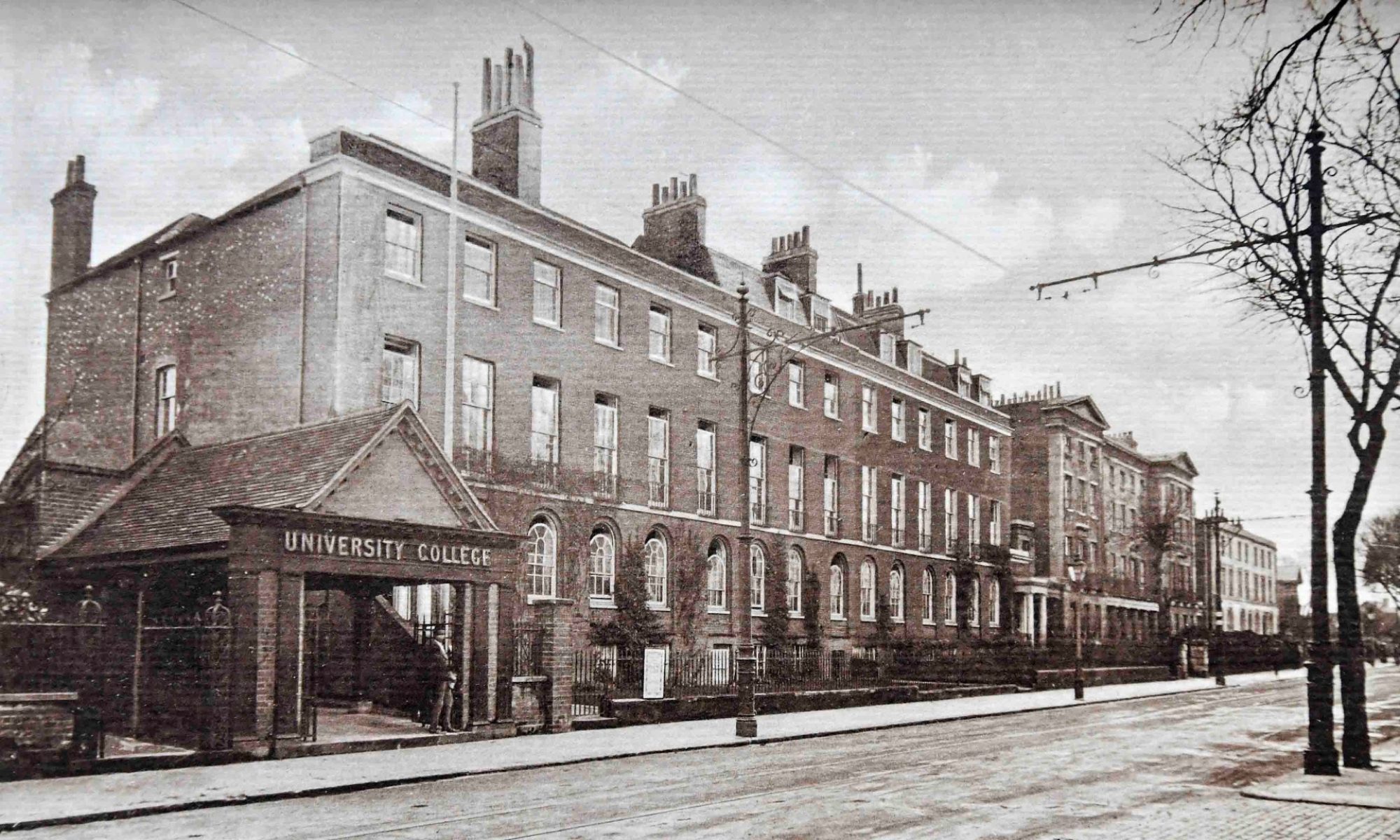In a previous post I mentioned how the Debating Society was one of the initiatives intended to foster a sense of community in the early days of the College.

Accounts of the debates can be found in the Reading College Magazine. The earliest motions recorded are:
- ‘That this House views with pleasure the return of a Conservative Government to power.’ (Oct. 13th 1900. Votes for: 46; against: 48).
- ‘That in the opinion of this House, education in rural schools should have a more direct agricultural bearing.’ (Oct. 27th 1900. The Chairman claimed that, ‘the Ayes have it’ but this was disputed and the House adjourned amid confusion).
- The previous controversial result was revisited on November 10th 1900 with the Principal (H. J. Mackinder) in the chair. (Votes for: 22; against: 23).
- ‘That this House is of the opinion that life in large towns is deleterious to National Character.’ (Nov. 24th 1900. Votes for: 38; against: 56).
- ‘That this House is of opinion that the British Race and Empire at the commencement of the 20th Century exhibits greater promise of national achievement than it did before the commencement of the 19th.’ (Feb. 23rd 1901. Votes for: 28; against: 19).
A letter to the Magazine from a former member of the Debating Society objected to the grammar of the last motion and suggested that members:
‘….are in need of a little instruction, and would suggest that a competent nursery governess be engaged to supply the want.’ (Vol. II, p34).
The motion ‘That this House is in favour of Woman’s Suffrage’ was debated on February 19th 1901. The debate took place in the hall of Reading College, formerly the University Extension College and shortly to become University College Reading. The location was its original site in Valpy Street (see map), some four years before the move to London Road and about nine months before the appointment of Edith Morley.

According to the College Magazine (Vol. II, pp.19-20), the proceedings ran as follows. The ‘hon. mover’, Miss E. Lawrence, took the view that the case for Woman’s Suffrage was already so well known that there was no point in repeating it. Instead, she addressed four common arguments against. There were:
- ‘That a woman becomes unwomanly by taking a part in politics’;
- ‘that she is ignorant in political matters’;
- ‘that she is intellectually inferior to man’;
- ‘that matters of state do not affect her life’.
Miss Lawrence responded by:
- asserting that, ‘…the life of Queen Victoria was a sufficient reputation’;
- insisting that, ‘The vote would educate and lead women to see that it was their duty to understand the affairs of the nation’;
- appealing to ‘a consideration of the work done by women in the scholastic, medical, and other professions’;
- pointing out that, ‘the state controlled education, and taxed women’s property’.
The quality of debate was probably not enhanced by the fact that the opposer, Mr J. Pryce, arrived late and missed the beginning of the mover’s speech.
Three assertions by Mr Pryce are recorded:
- ‘since woman (sic) could not fight as soldiers they should not vote’;
- ‘he pointed out the terrible fuss which would arise if man and wife held different political opinions’;
- ‘woman’s interests were so closely bound up with man’s that the man could vote for himself and his wife at the same time’.
A Miss Stansfield supporting the motion countered that, if the interests of the man and woman were so closely connected, the woman could vote for them both. According to the record, Miss Stansfield analytically dismissed Mr Pryce’s three arguments and a Miss Williams pointed out that ‘even a woman might be a formidable foe if armed with a rifle.’
A motion to close the debate was lost and the quality of discussion then declined until the House divided:

It appears that the motion’s supporters won the argument but lost the vote. It would be interesting to know the gender of those present and how they voted, but unfortunately this information is not available.
In consolation, the report confirms that:
‘There was no doubt that the ladies completely vindicated their right to express an opinion on political matters.’ (p.19).
To modern eyes that just adds insult to injury!

SOURCES
Reading College, Calendar, 1900-1
Reading College Magazine, Autumn Term, Vol. 1, 1900 & Winter Term, Vol. II, 1901).
University College Reading. Calendar, 1905-6.
THANKS TO:
Joanna Hulin (Reading Room Assistant) for her help and for accessing material for this and previous posts.







